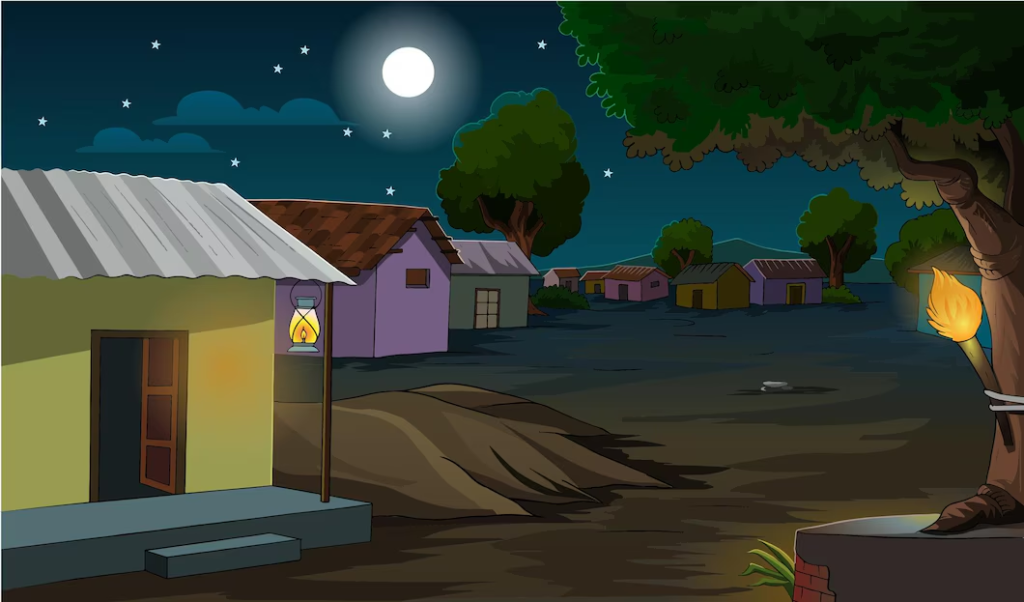Through animation human beings have revolutionized storytelling and entertainment delivery as well as idea transmission. Animation technology has experienced transformative changes from manual 2D drawings towards state-of-the-art 3D computer-based graphics. The animation sector shows a substantial increase because 2D alongside 3D animation techniques dominate multiple application fields including entertainment and advertising as well as gaming and education. The upcoming content analyzes two animation styles 2D and 3D together with their effects on different industrial fields.

Understanding 2D and 3D Animation
What is 2D Animation?
Two-dimensional animation begins as hand-drawn sketches of images that occupy only the two-dimensional height and width properties. Animation creators develop frames one after another to create a moving effect when viewing the sequence of frames. Popular methods include:
- Artist-drawn animation : (Traditional) operates through drawing individual animation frames both manually on paper after digital conversion.
- Vector-Based: Animation allows users to create animations through digital tools in Adobe Animate which produces smooth motion effects and supports easy scaling.
- Within Cutout Animation: Technicians move pre-created illustrations between individual frames sequentially.
A variety of products and advertisements depend on 2D animation including cartoons and mobile applications and explainer videos. This animation technique remains popular because of its low cost and its traditional appeal along with its basic nature.

What is 3D Animation?
The animation process in 3D technology enables users to develop rotatable digital three-dimensional objects for virtual manipulation of their real-world appearances. 3D animation takes it a step further than 2D animation since depth addition produces realistic visuals. The process involves:
- Creation of three-dimensional data representations constitutes the modeling process.
- An added digital skeleton system for animation purposes is referred to as rigging.
- The application of colors together with patterns along with detailed elements serves to increase the realistic appearance.
- The process of animation ends with the creation of complete animated visuals combined with lighting elements and special effects.
Even though 3D animation gets its main use in feature films and video games it also appears in both virtual reality and architectural visualization.
How Animation is Shaping the Creative Industry
The animation industry has seen a boom in digital creativity, playing a crucial role in various sectors:
- Entertainment Industry: Animation studios are creating original animated films and series, attracting local and international audiences.
- Advertising & Marketing: Businesses are using animated advertisements to engage customers effectively.
- Education & E-Learning: Animated content makes learning interactive and engaging for students.
- Gaming Industry: The rise of game development has fueled the need for skilled 3D animators.
2D vs. 3D Animation: Which One to Choose?
The choice between 2D and 3D animation depends on various factors such as purpose, budget, and target audience. 2D animation is generally more affordable and faster to produce, making it suitable for cartoons, explainer videos, and mobile games. On the other hand, 3D animation offers lifelike visuals and is used in movies, high-end video games, and VR applications. While 2D animation remains a classic favorite, 3D animation is gaining traction for its realism and immersive experience. Many studios are integrating both techniques to create unique content.
Top Animation Tools Used by Professionals
Animation professionals rely on advanced software to create stunning visuals. Some of the most popular tools include:
- Adobe Animate – Ideal for 2D animation and motion graphics.
- Toon Boom Harmony – Used for traditional and digital 2D animation.
- Blender – A free, open-source 3D animation software widely used in the industry.
- Autodesk Maya – A professional-grade tool for creating high-quality 3D animations.
- Cinema 4D – Popular for motion graphics and visual effects.
The Future of Animation
The animation industry is set to grow with increased investment, better technology, and rising demand for digital content. Factors driving this growth include:
- Government Support: Many governments are investing in digital media and animation education.
- Growing Creative Talent: With more universities and institutions offering animation courses, skilled professionals are emerging in the field.
- Outsourcing Opportunities: Many international companies are outsourcing animation projects due to cost-effectiveness and quality.
- Expansion of Gaming & VR: As gaming and virtual reality expand, so does the demand for high-quality 3D animation.
Conclusion
Both 2D and 3D animation continue to play a vital role in the creative landscape. Whether it’s for entertainment, marketing, or education, animation is a powerful tool that connects with audiences across different platforms. With the rapid advancements in technology and the growing talent pool, the animation industry is on its way to becoming a leading force in digital creativity. Stary Can help you in This Context.
For those aspiring to enter the animation world, now is the perfect time to learn and create. Whether you choose 2D or 3D, the possibilities are endless! Choose Stary For 2D and 3D Animation